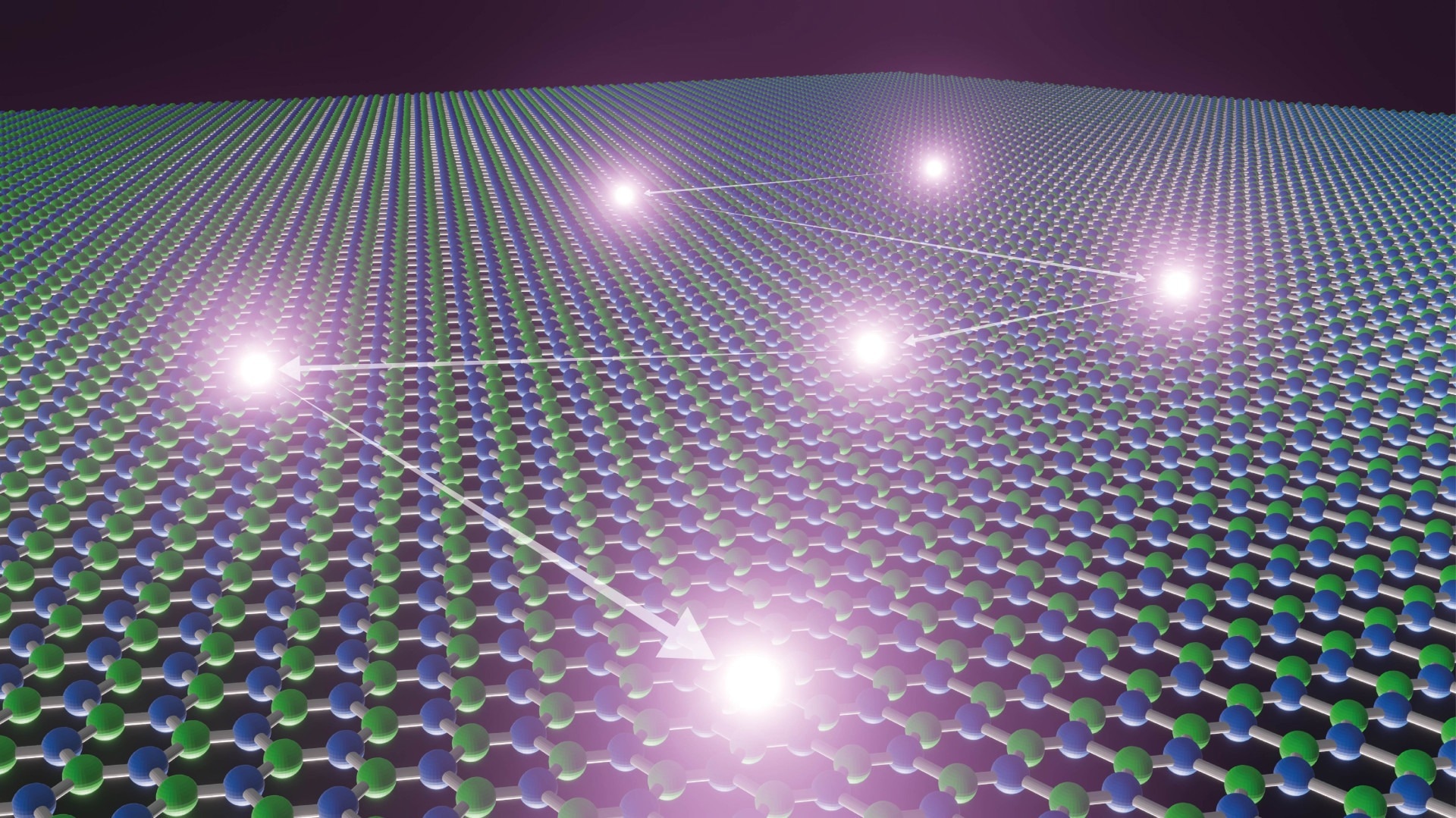Scientists at University of Manchester and the École Polytechnique Fédérale de Lausanne (EPFL), Switzerland, have disclosed a breakthrough method to monitor individual molecule dynamics inside nanofluidic structures, showing their response to molecules in ways that were never possible earlier.

Image Credit: University of Manchester
Nanofluidics is the study of fluids that are confined inside ultra-small spaces. It provides insights into the characteristics of liquids on a nanometer scale. Nevertheless, exploring the mobility of individual molecules in those confined conditions has been difficult owing to the restrictions of traditional microscopy approaches. This hindrance made real-time imaging and sensing impossible, leaving considerable gaps in the understanding of molecular properties in confinement.
A group headed by Professor Radha Boya in the Department of Physics at The University of Manchester forms nanochannels that are just one-atom to few-atom thin with the use of 2D materials as building blocks.
Seeing is believing, but it is not easy to see confinement effects at this scale. We make these extremely thin slit-like channels, and the current study shows an elegant way to visualise them by super-resolution microscopy.
Professor Radha Boya, Department of Physics, University of Manchester
In the journal Nature Materials, the outcomes of the research are published.
The EPFL team’s partnership enabled optical probing of such systems, unveiling hints of liquid ordering brought by confinement.
Due to an unforeseen characteristic of boron nitride, a graphene-like two-dimensional material that possesses a notable capacity to expel light when in contact with liquids, scientists at the Laboratory of Nanoscale Biology (LBEN) of EPFL have been efficient in directly noticing and tracing the paths of individual molecules inside nanofluidic structures.
This revelation sets the stage for a deeper knowledge of the characteristics of ions and molecules in settings that imitate biological systems.
Advancements in fabrication and material science have empowered us to control fluidic and ionic transport on the nanoscale. Yet, our understanding of nanofluidic systems remained limited, as conventional light microscopy couldn't penetrate structures below the diffraction limit. Our research now shines a light on nanofluidics, offering insights into a realm that was largely uncharted until now.
Professor Aleksandra Radenovic, Head, Laboratory of Nanoscale Biology, École Polytechnique Fédérale de Lausanne
This brand-new understanding of molecular properties has interesting applications, along with the possibility to directly image emerging nanofluidic systems, where liquids feature unconventional characteristics under pressure or voltage stimuli.
The core of the study lies in the fluorescence arising from single-photon emitters at the surface of hexagonal boron nitride.
This fluorescence activation came unexpected as neither hexagonal boron nitride (hBN) nor the liquid exhibit visible-range fluorescence on their own. It most likely arises from molecules interacting with surface defects on the hBN crystal, but we are still not certain of the exact mechanism.
Nathan Ronceray, Doctoral Student, Laboratory of Nanoscale Biology, École Polytechnique Fédérale de Lausanne
Dr Yi You, who is a post-doc from The University of Manchester, programmed the nanochannels in such a way that the confining liquids were nanometers from the hBN surface, which has some limitations.
In the crystalline structure, surface defects can be missing atoms whose features vary from the original material, allowing them the capacity to expel light when they communicate with particular molecules.
The scientists further noticed that when a defect switches off, one of its neighbors gets illuminated, as the molecule bound to the first site sprung to the second. Gradually, this facilitates reconstructing complete molecular trajectories.
With the use of a combination of microscopy techniques, the team tracked color changes to efficiently establish that these light emitters release photons one at a time, providing highlight data about their instant surroundings within around one nanometer. This discovery allows the use of these emitters as nanoscale probes, throwing light on the organization of molecules within confined nanometer spaces.
The possibility of this breakthrough is far-reaching. Nathan Ronceray predicts applications beyond passive sensing.
He stated, “We have primarily been watching the behavior of molecules with hBN without actively interacting with, but we think it could be used to visualize nanoscale flows caused by pressure or electric fields. This could lead to more dynamic applications in the future for optical imaging and sensing, providing unprecedented insights into the intricate behaviors of molecules within these confined spaces.”
The project got financial support from the European Research Council, the Royal Society University Research Fellowship, the Royal Society International Exchanges Award, and the EPSRC New Horizons grant.
Journal Reference
Ronceray, N., et al. (2023) Liquid-activated quantum emission from pristine hexagonal boron nitride for nanofluidic sensing. Nature Materials. doi.org/10.1038/s41563-023-01658-2
Source: https://www.manchester.ac.uk/